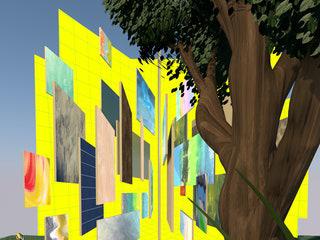How Perfectly Can Reality Be Simulated?

2024-04-15 词
Quixel got its start helping artists create the textures for digital models, a practice that historically relied on sleight of hand. (Online, a small subculture has formed around “texture archaeology”: for Super Mario 64, released in 1996, reflective surfaces would have been too inefficient to render, so a metal hat worn by Mario was made with a low-resolution fish-eye photograph of flowers against a blue sky, which created an illusion of shininess.) It soon became clear that the best graphics would be created with high-resolution photographs. In 2011, Quixel began capturing 3-D images of real-world objects and landscapes—what the company calls “megascans.” “We have, to a great extent, mastered our ability to digitize the real world,” Teddy Bergsman Lind, who co-founded Quixel, said. He particularly enjoyed digitizing Iceland. “Vast volcanic landscapes, completely barren, desolate, alienlike, shifting from pitch-black volcanic rock to the most vivid reds I’ve ever seen in an environment to completely moss-covered areas to glaciers,” he said. “There’s just so much to scan.”
免责声明:本文来自网络公开资料,仅供学习交流,其观点和倾向不代表本站立场。